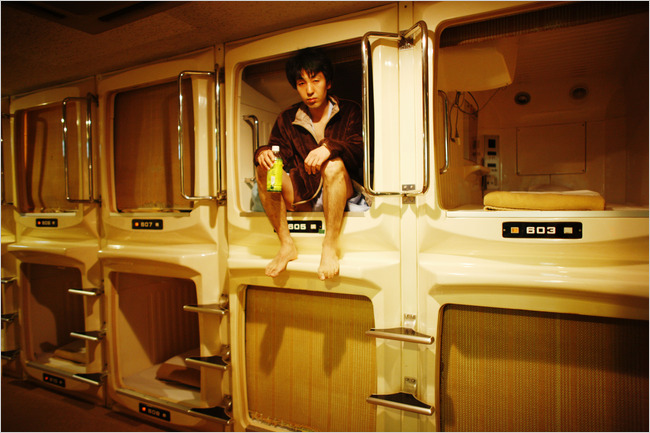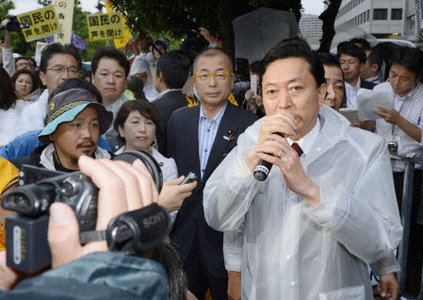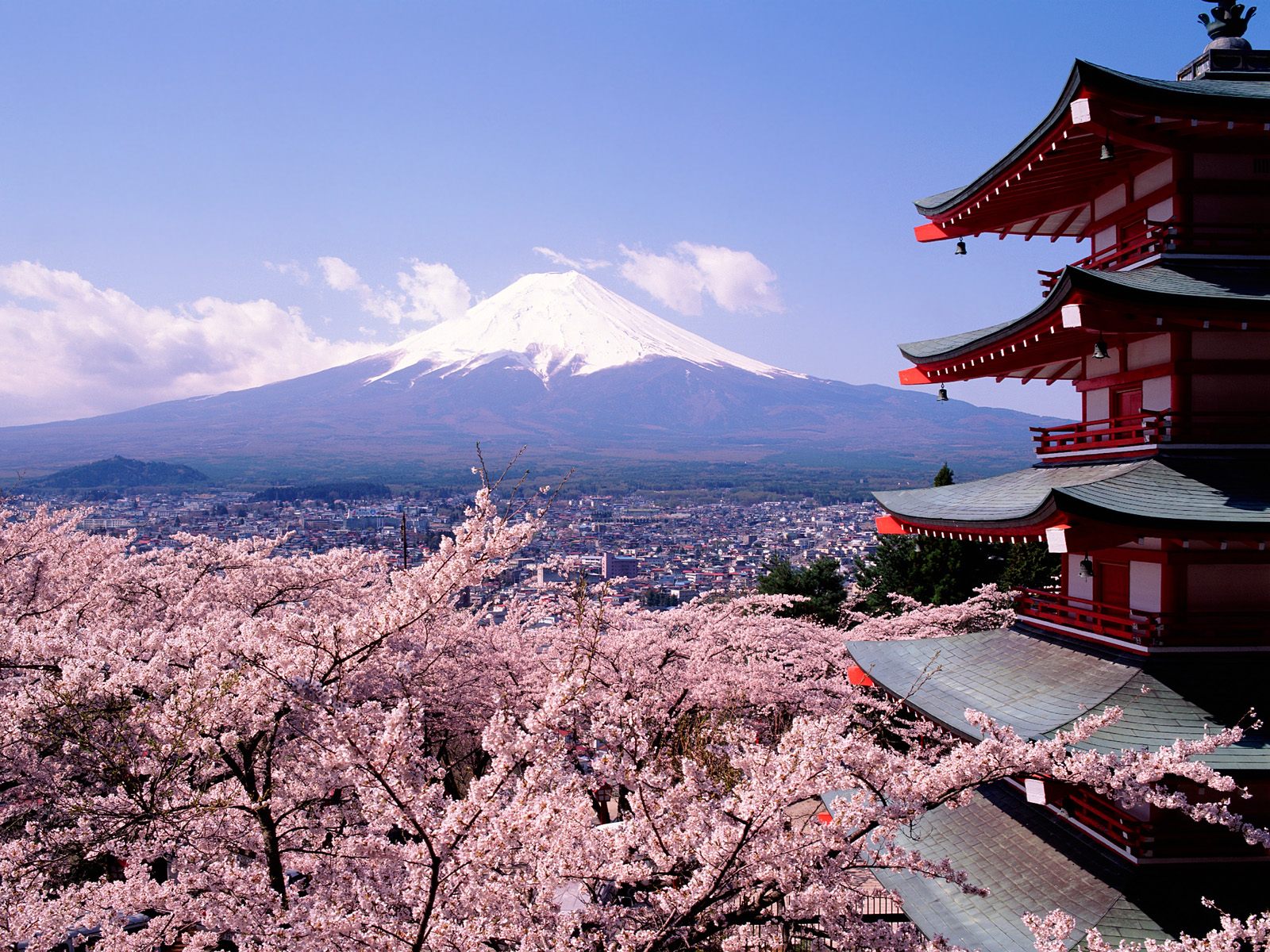Atsushi Nakanishi has condensed his possessions to two suitcases, which he stores in lockers at the capsule hotel where he lives.

Atsushi Nakanishi is among the jobless living in a capsule hotel, renting a bunk with no door.

The capsules have no doors, only screens that pull down. Every bump of the shoulder on the plastic walls, every muffled cough, echoes loudly through the rows.
OKYO — For Atsushi Nakanishi, jobless since Christmas, home is a cubicle barely bigger than a coffin — one of dozens of berths stacked two units high in one of central Tokyo’s decrepit “capsule” hotels.
“It’s just a place to crawl into and sleep,” he said, rolling his neck and stroking his black suit — one of just two he owns after discarding the rest of his wardrobe for lack of space. “You get used to it.”
When Capsule Hotel Shinjuku 510 opened nearly two decades ago, Japan was just beginning to pull back from its bubble economy, and the hotel’s tiny plastic cubicles offered a night’s refuge to salarymen who had missed the last train home.
Now, Hotel Shinjuku 510’s capsules, no larger than 6 1/2 feet long by 5 feet wide, and not tall enough to stand up in, have become an affordable option for some people with nowhere else to go as Japan endures its worst recession since World War II.
Once-booming exporters laid off workers en masse in 2009 as the global economic crisis pushed down demand. Many of the newly unemployed, forced from their company-sponsored housing or unable to make rent, have become homeless.
The country’s woes have led the government to open emergency shelters over the New Year holiday in a nationwide drive to help the homeless. The Democratic Party, which swept to power in September, wants to avoid the fate of the previous pro-business government, which was caught off-guard when unemployed workers pitched tents near public offices last year to call attention to their plight.
“In this bitter-cold New Year’s season, the government intends to do all it can to help those who face hardship,” Prime Minister Yukio Hatoyama said in a video posted Dec. 26 on YouTube. “You are not alone.”
On Friday, he visited a Tokyo shelter housing 700 homeless people, telling reporters that “help can’t wait.”
Read moreJapan: When Home Is a Tiny Plastic Bunk Barely Bigger Than A Coffin



